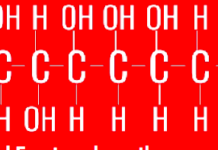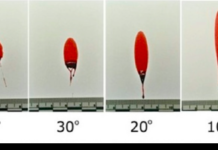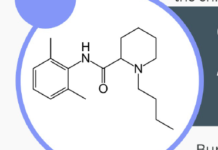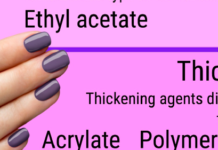In June of 2010, the Environmental Working Group (EWG)—"a team of scientists, engineers, policy

Members from the EWG based their analysis on data gathered jointly by the Food and Drug Administration (FDA) and the National Toxicology Program (NTP) from ongoing animal research. NTP is a government agency in the Department of Health and Human Services that “studies critical issues in toxicology and uses scientific research to develop and apply new technologies to protect the health of the public.”
People have always been told to apply plenty of sunscreen when spending time in the sun as a means of preventing skin cancer, but the EWG report raises the question as to whether sunscreen is really preventing cancer or promoting it?
According to the Skin Cancer Foundation, one in five Americans will develop skin cancer in the course of their lifetime, which makes skin cancer the most common form of cancer in the United States. Sunscreens are chemical agents that help prevent the sun’s ultraviolet (UV) radiation from reaching the skin, says the Foundation.
There are two types of UV radiation, UVA and UVB, that could cause damage to the skin and cause an increase to skin cancer. UVA wavelengths are long wavelengths and range between 320–400 nanometers (nm); UVB wavelengths are short wavelengths and measure between 290– 320 nm. UVB rays are the chief cause of sunburn, whereas UVA rays penetrate the skin more deeply and can cause the skin to wrinkle and look leathery.
According the American Cancer Society, most sunscreens contain organic compounds, such as para-aminobenzoic acid or oxybenzone, that work to absorb the sun’s rays before the rays can reach a person’s skin. These compounds do not block 100% of UV rays, but the compounds do filter and disperse the rays, minimizing there effect.
In response to the analysis, three prominent researchers and members of the dermatology divisions of New York’s Memorial Sloan-Kettering Cancer Center and Detroit’s Henry Ford Hospital, Steven Q. Wang, Stephen W. Dursza and Henry W. Lim, published a commentary in the Journal of the American Academy of Dermatology in the August, 2010, issue. The researchers were critical of several areas of the analysis. First, they criticized data that was based on animal research, when in fact animal research has always been a “gold standard” in assessing carcinogenicity in humans. The authors of the commentary also noted that vitamin A-based cream or retinoid creams have been used by patients for years with no ill effects.
The EWG’s response to this criticism is that most retinoid creams are applied at night and patients are advised to minimize their exposure to the sun when using these products.
The analysis by the EWG has also been criticized by the FDA. Janet McBride, a representative from the FDA, states that their research is in the preliminary stages and that it needs to be reviewed by peers and published before applying it to humans. McBride also states that there is currently no evidence to support that sunscreens are harmful. In the animal study, the vitamin A cream, retinyl palmitate, was applied to the animals as a single ingredient and not in combination with anything else. In sunscreen formulations, vitamin A is only one ingredient in conjunction with several others, and it is not the active ingredient.
There are sunscreens on the market today that do not contain the controversial ingredient retinyl palmitate. These products can be found by simply reading the sunscreen label’s ingredients or by visiting the EWG’s website. The EWG has published a list on their website that rates over 1400 sunscreen products for safety and effectiveness, and highlights those products containing retinyl palmitate.
Lauren Jacobsmeyer
See also A Simple Solution to a Sunny Situation

This work is licensed under a Creative Commons Attribution-NonCommercial-NoDerivs 3.0 Unported License














This concerns me on which sunscreen I should use when the summer season comes around. Now I will look more closely at sunscreens when I want to go swimming.